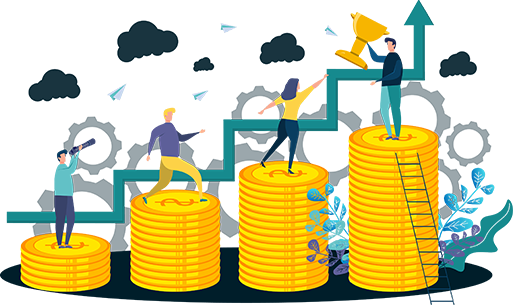The Forex Market : Where Currencies Are Traded
The Forex market operates as a decentralized marketplace where participants trade currencies against one another. It's unique in that it runs 24 hours a day, five days a week, due to its global nature and the involvement of major financial centers across the world. Key participants in the Forex market include banks, financial institutions, governments, corporations, and individual traders.
Currency Pairs : The Foundation of Forex Trading
In the Forex market, currencies are quoted and traded in pairs. These pairs consist of a base currency and a counter currency. The value of one currency is expressed in terms of the other. For example, in the EUR/USD currency pair, the EUR (Euro) is the base currency, and the USD (United States Dollar) is the counter currency. The exchange rate tells you how much of the counter currency is needed to purchase one unit of the base currency.


